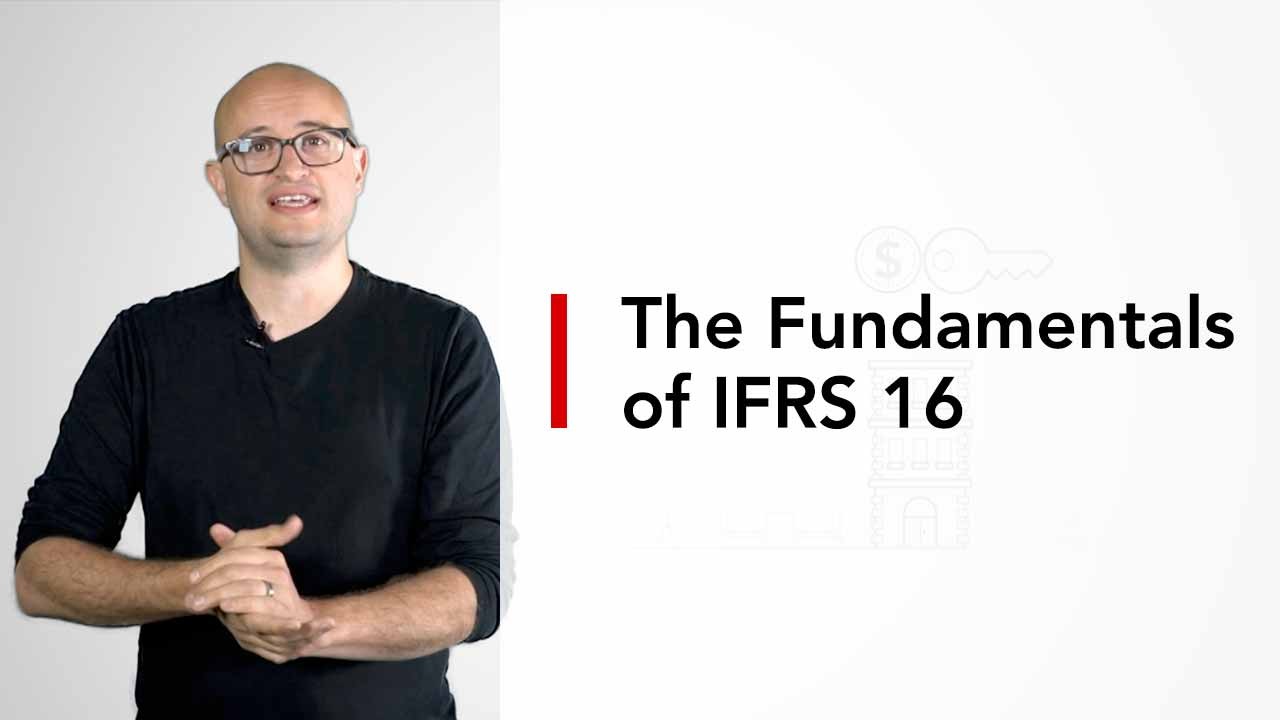
In recent weeks, Saudi Arabia’s Public Investment Fund (PIF) invested US$2.98bn in Nintendo and funded the launch of a coffee company. In February, Qatar Investment Authority (QIA) put up a US$1.5bn investment in Bodhi Tree, an Indian media company headed by James Murdoch. Elsewhere, Mubadala, one of Abu Dhabi’s sovereign wealth funds, helped support a US$2.3bn investment in Salesloft, an online sales engagement platform.
In themselves, these deals are interesting enough. But when placed alongside scores of others, they illustrate the activity and power of sovereign wealth funds (state-owned investment companies) and the influence they have over international markets.
Sovereigns are thinking about the welfare, the happiness, of their whole society
According to figures collected by a specialist research group at IE University in Madrid, sovereign funds now number 98, have around US$10.3 trillion in assets under management, and have just been through one of their most active periods on record. Indeed, the largest funds joined in what IE’s report calls the ‘global frenzy of deal activity’ that followed the first phase of the pandemic.
For Javier Capapé, a professor and co-author of the IE report, studying sovereigns reveals important insights. ‘We are typically surrounded by short-term, opportunistic investors. Here, we have the chance to look into investors’ thinking beyond financial resources, beyond financial metrics. They’re thinking about the welfare, the happiness, of their whole society.’ Examining sovereigns, he adds, offers a look into ‘how the world will look in the future’.
Shifting strategies
When contemplating the world of sovereign wealth funds, every observer makes the same remark: they are an incredibly diverse group of investors, with differing mandates and varying objectives. Generalising about a group that includes the world’s biggest sovereign, Norway’s Government Pension Fund Global (with a laser-like focus on sustainability), the China Investment Corporation, the Abu Dhabi Investment Authority (ADIA) and Saudi Arabia’s PIF is a seriously tricky task.
But observers have noted some adjustments. Research by Global SWF, an advisory firm, shows that many funds liquidated assets to help support pandemic efforts at home and even support some industries, especially airlines. ADIA drew down US$24bn, the Kuwait Investment Authority around US$25bn.
But there are other issues at play. States such as Saudi Arabia and UAE have made sovereign funds the cornerstones of strategic efforts – so called ‘Vision 2030’ plans – to wean themselves off oil dependency.
According to Victoria Barbary, director of strategy at the International Forum of Sovereign Wealth Funds (IFSWF), the funds, like other investment vehicles, are also coming to terms with big strategic changes. ‘They held tight during the beginning of the pandemic, and they’re beginning to rethink some of these big issues,’ says Barbary. ‘The nature of both inflation, the lingering effects of the pandemic in China, and the conflict in Ukraine are all accelerating that process.’
Alternative assets
But the bigger issue is how sovereigns respond through their investments. According to IE’s report, they continued with longer term trends moving assets towards alternative investments, prioritising sectors such as software, healthcare and new energy sources, and with an increasing focus on environmental, social and governance (ESG).
In terms of markets, the biggest shares went to investments in the US and UK in the developed world, alongside India and China in the developing world.
Saudi Arabia and the UAE are using sovereign funds to help wean themselves off oil dependency
‘These are very adaptable institutions, especially the large ones,’ says Patrick Schena, a professor of international business at Tufts University in the US and a co-author of the IE report. ‘In being adaptable, where they see risk over a horizon, they also see opportunity.’
One trend IE underlines is the move to alternative assets: private equity, real estate and infrastructure (including renewable energy). Asset allocation to alternatives has gone from 9.2% in 2015 to almost a fifth of assets, 19.4%, in 2021. Accompanying that uptick is a 200% rise in deal activity during the 15 months ending 2021.
Sovereigns have, Schena says, ‘contributed to a pretty significant shift in the resilience, in some aspects, of private capital markets’.
Food security focus
Another major investment trend is interest in food security, especially for sovereigns in the Middle East. IE reports that, since 2006, there have been 233 direct investments worth a total of US$40.5bn by 24 sovereigns.
The QIA and Mubadala are among the top five investors. Funds invest in meat and dairy producers, trading companies and agricultural operators. They invest abroad and back ‘domestic champions’.
In 2020, ADQ, another Abu Dhabi fund, invested US$1.1bn in the Netherlands-headquartered Louis Dreyfus Company. Two years before, Saudi Arabia’s PIF poured US$2.3bn into Almarai, a home-grown company producing everything from fruit juice and cupcakes to chicken meals.
Capapé says that sovereigns in the Middle East have been fostering food security by backing domestic companies, food infrastructure such as ports, and investing overseas. ‘If I don’t have the resources because the arable land is less productive, what can I do?’ Capapé remarks.
Climate accountability
Sustainability has also become a topic of increasing interest as many sovereigns realign their investments to meet mainstream thinking – an unresolved paradox for those that draw their incoming cash from fossil fuel sales.
‘If you look at the difference in how funds think about climate change in 2020 versus 2021, it’s night and day’
IE’s research finds that 59% of sovereign deals now have a link to the UN’s Sustainable Development Goals. According to IFSWF’s 2021 survey, 88% of sovereigns claim climate change is taken into account in their investment decisions.
Barbary says motives differ between funds: some see ESG as a financial risk exercise, others as a ‘best practice’ issue, while yet others simply see it as the new normal shaping investment strategy. This shift includes a focus on renewable energy sources (also considered an alternative asset) even for Middle East funds.
Whatever the reasons, a reorientation has taken place. ‘If you look at the difference in how sovereign wealth funds think about climate change in 2020 versus 2021,’ says Barbary, ‘it’s night and day.’
Like the sums they invest, sovereign wealth funds make up a vast topic. No two are the same. Their mandates, methods and strategic interests differ significantly. That said, some discernible trends have emerged. Sovereigns are uniquely placed to take a long view. For that alone, they are worth watching.


